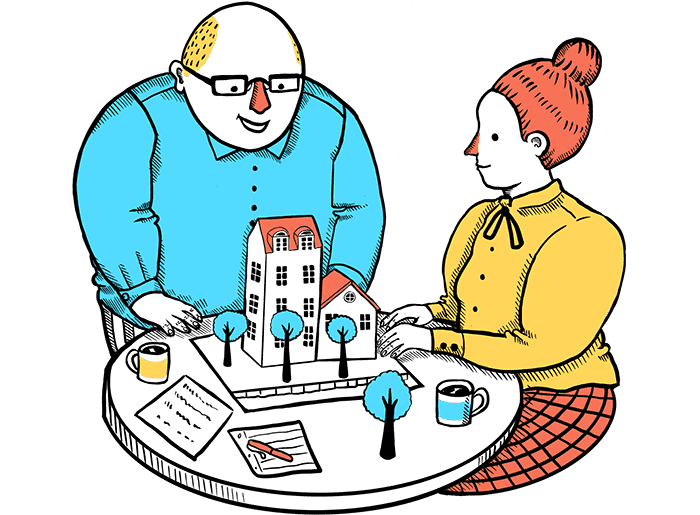Noise

Noise refers to sound that people did not ask to hear. A sound that one person experiences as noise can sound like art to someone else. How people experience the noise depends, for example, on the intensity of the sound, its frequency, and duration.
Regulatory framework
Regulation No. 724/2008 on noise aims to prevent or reduce harmful effects of noise. The Regulation covers noise, for example at concerts and clubs, car and aircraft traffic, as well as noise related to construction.
Noise limits for various sources are listed in tables I to V of the noise regulation.
The building regulation No. 112/2012, like the noise regulation, specifically requires good acoustics in environments for children, such as preschools, primary schools, after-school programs and other places where children stay. It requires buildings to meet at least acoustic class C in the standard ÍST 45 - Acoustics-Classification of dwellings and commercial buildings.
The Administration of Occupational Safety and Health
The Administration of Occupational Safety and Health oversees noise in workplaces.

Sound intensity
The unit of sound intensity is decibel (dB). The decibel scale is logarithmic like the Richter earthquake scale. Doubling is a 3 dB increase, quadrupling 6 dB, and so on.
In other words, a person who stays in 94 dB noise for one hour experiences the same noise as someone in 85 dB noise for eight hours. A 10 dB increase is perceived as doubling the noise.
Sound indicators
The equivalent sound level measures constant sound intensity and indicates the total sound energy of fluctuating sound levels over time.
The meter records sound levels continuously over a period, resulting in one value, the equivalent sound level. It can be seen as a kind of average sound energy a person experiences over a period. It's not a standard average as dB values are logarithmic.
The maximum sound level is the highest 0.125 second interval, while the peak sound level is measured over an even shorter time. The peak level uses a C-filter, while equivalent and maximum levels use an A-filter. The A-filter follows the frequency range where people perceive lower sound levels. The C-filter mimics how people perceive very high sound levels and better detects low-frequency tones.
Reykjavík Public Health
- Borgartún 12, 105 Reykjavík
- Service Center 411 1111